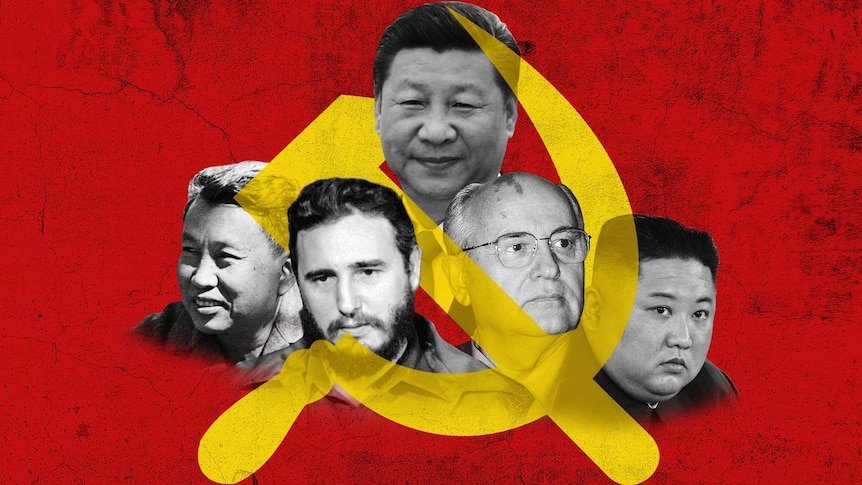Did communists oppose Indo-US nuclear deal on behest of China?


In the book “The Long Game: How the Chinese Negotiate with India” Vijay Keshav Gokhale explores the dynamics of negotiation between the two countries, from the early years after Independence until the current times, through the prism of six historical and recent events in the India-China relationship. The purpose is to identify the strategy, tactics and tools that China employs in its diplomatic negotiations with India, and the learnings for India from its past dealings with China that may prove helpful in future negotiations with the country.
Vijay Keshav Gokhale is a retired Indian civil servant of the IFS cadre and the 32nd Foreign Secretary of India. Gokhale was previously the Indian ambassador to China. He is an expert in Indo-China relations and speaks Chinese Mandarin fluently.
Of the 6 incidents, he spoke about the Indo-US nuclear deal in the book. When the Indo-US Nuclear Deal was being discussed in 2008 both inside and outside parliament, China did not want the deal to happen as China did not want India to move closer to US. To achieve that it used the left parties in India. The left parties used to frequently travel to China on study tours excursion etc.
It is also a fact that the left parties were most vociferous in opposing the deal. The UPA 1 Govt was surviving on left support from outside. The left even withdrew the support, the Govt was almost about to fall, but somehow survived. The Parliament eventually ratified the deal. This was a defeat for China.
The point I would like to highlight is the influence China has on the left parties. All most have noticed that: during the centennial celebrations of Chinese Communist Party, no political party (even the Islamic ones) attended the celebrations except the Communist parties. Just see the open clout China has on the Communist parties.
China is the biggest enemy of India, Pakistan is simply an agent working on behest of China.
It is hence important that the communists are eliminated from Indian political spectrum.
DISCLAIMER: The author is solely responsible for the views expressed in this article. The author carries the responsibility for citing and/or licensing of images utilized within the text.
